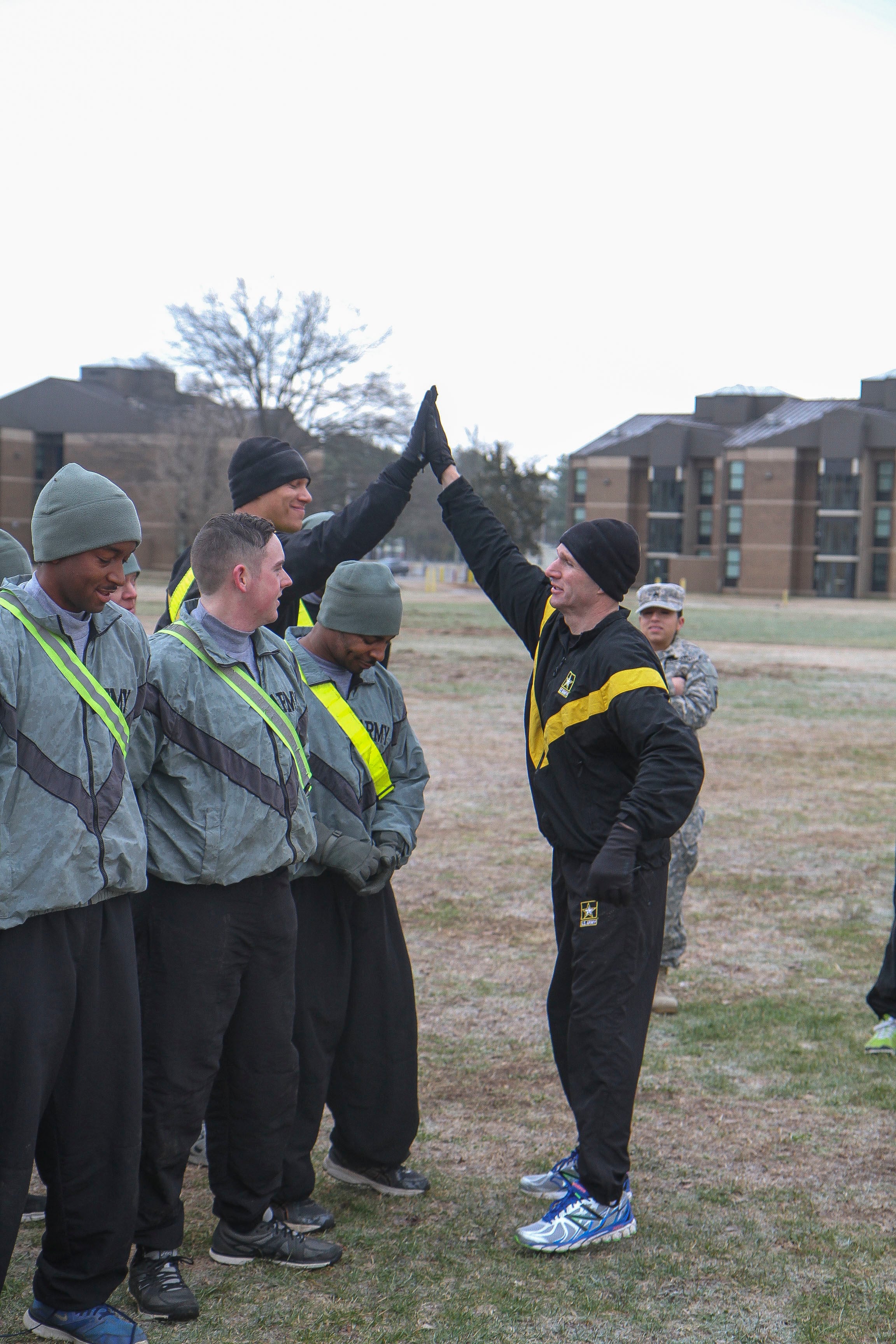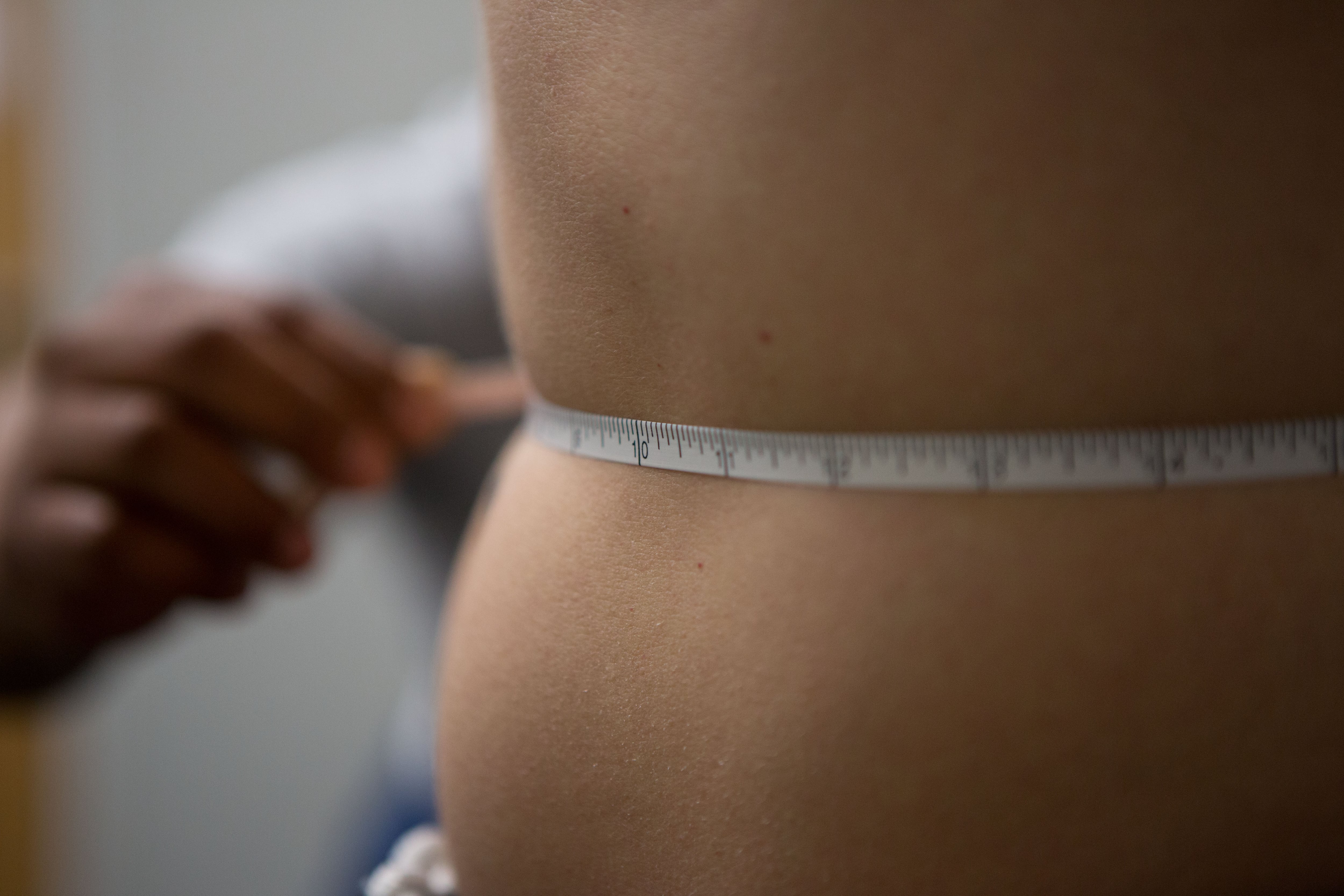Sergeant Major of the Army Dan Dailey is seeking a review of the tape test to determine whether the method is a fair measurement of a soldier's physical fitness.
"I'm going to take a look at it," Dailey told Army Times. "I'm going to be honest with you, I get that [issue brought up to me] everywhere I go, too."
Army Times recently asked Dailey about the tape test after receiving e-mails from soldiers urging the senior enlisted leader to take a closer look at the program. Troops have long complained the test is unfair and an inaccurate gauge of fitness.
"If you have a skinny neck, you're basically screwed," one soldier wrote. "Yet people who clearly do not present themselves as appearing in shape and fill out the uniform in all the wrong places continue to pass the tape test because a good majority of them have bigger necks."
Dailey said he is concerned that "we have a growing number of people who have to be taped. I think soldiers generally have to do a better job with overall fitness and body fat."
But at the same time, he wants to keep an open mind.
"I don't know if [the tape test] is fair or not, so we're going to ask TRADOC to take a look at it," Dailey said. "Generally, it seems like it's a very good tool, but we'll look at it."
Subject matter experts in the Army G-1 (personnel) and U.S. Army Medical Command also likely will be involved in any study of the tape test, officials said. Also, the process will take time, maybe even up to a year, if the Army decides to conduct in-depth tests or analysis.
Soldiers have long contested whether the tape test is the best way to measure body fat. Women, bodybuilders and people with naturally thin necks or wide hips say the current model is not fair.

SMA Dailey will ask officials to study the tape test and determine whether it is a fair way to measure soldier fitness.
Photo Credit: Sgt. Samantha Stoffrogen/Army
Males are measured at the abdomen (at the level of the belly button) and neck below the Adam's apple. Women's necks are measured at the same spot, but their abdomen is measured at the point of minimum circumference. They also have a hip measurement taken at the point where their buttocks protrude the most.
The Army, like its sister services, reviewed the tape test in 2011. The findings were consistent: There are better ways to determine body fat, but they were neither practical nor financially feasible when testing a large number of people.
In 2013, Military Times challenged the tape test by taping 10 active-duty troops stationed in the Pacific Northwest and then putting them in a hydrostatic "dunk tank," considered among the gold standards for determining actual body fat composition.
The results showed not once did the taping match the dunk test results. The tape test was wrong every time, and in nine out of 10 cases, the tape method measured troops' body fat percentages higher — the worst was a 66 percent difference between the scores. The closest was nearly 12 percent off.
Dailey has repeatedly stressed the importance of physical fitness and maintaining the Army's height and weight standards. Shortly after becoming the Army's senior enlisted soldier, he wrote a memo to commanders, taking them to task for allowing fitness standards to slide among their troops and calling on them to PT with their soldiers every morning.
"We're seeing an increased number of people who are being flagged," Dailey told Army Times last summer. "It's the health of the force. The No. 1 growing cost of a soldier is health. All those things that exponentially make soldiers unhealthy and make it difficult for them to do their jobs, I'm very passionate about that."
Michelle Tan is the editor of Army Times and Air Force Times. She has covered the military for Military Times since 2005, and has embedded with U.S. troops in Iraq, Afghanistan, Kuwait, Haiti, Gabon and the Horn of Africa.
